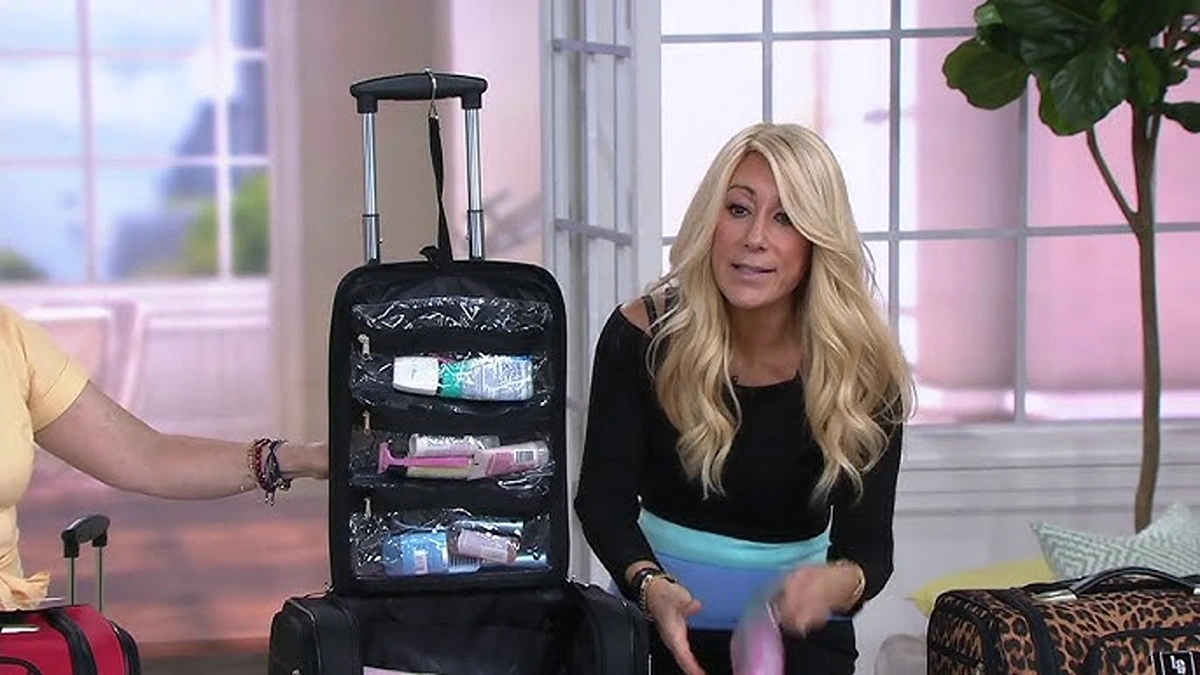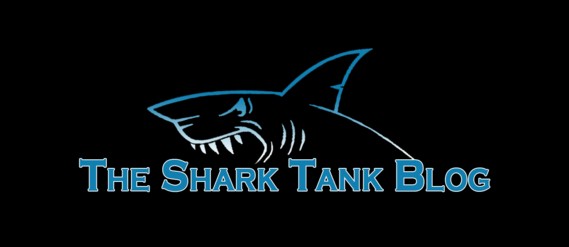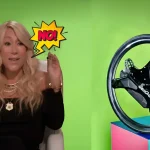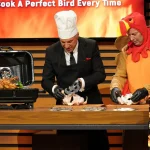
Airports are chaotic places—tight connections, security lines, baggage claim, and endless retail temptations. But according to Shark Tank’s Lori Greiner, there’s one costly trap many travelers fall into: buying last-minute goods at inflated airport prices.
In a revealing Yahoo Lifestyle interview, Greiner recounted a real-world example of how this trap cost her and why she warns everyone to steer clear of impulse buys in terminals.
In this post, we’ll dive into what exactly Lori calls the airport trap, why it’s so costly (financially and psychologically), the behavioral psychology behind it, and how you can avoid it on your next trip, turning airport retail into smarter spending opportunities.
Lori Greiner’s Wake-Up Call
Being a seasoned investor, entrepreneur, and retail mogul, Lori knows about margins and customer impulses. In an interview, she highlights how she forgot her toothbrush while she was traveling and, under pressure, she headed to an airport retail store to purchase one.
Though she picked a basic toothbrush, she was shocked to pay more than $50 for it. That experience, she says, awakened her to the perils of “airport inflation.”
She framed it not just as a nuisance but as a systematic trap that terminal retailers use to leverage confined audiences, scarcity of alternatives, tight schedules, and stress-driven decision-making. Because travelers feel they don’t have time to compare, they end up paying exorbitant markups for convenience.
To Lori Greiner, this is one of those everyday scenarios where “convenience costs you more than you think.”
Her takeaway: before you automatically swipe your card at that shiny store past security, pause. Is that price fair? Is there a better alternative? If not, maybe skip it—or find a creative workaround.
Why the Airport Trap Works
Lori’s anecdote highlights a broader behavioral and retail strategy. Let’s break down why the airport trap is so effective and why many of us fall for it.
1. Time Pressure & Stress
Travel is mostly stressful. You are juggling boarding times, fatigue, and security lines. In conditions like those, your decision-making ability diminishes. You are most likely to take what is available instead of hunting for a deal.
2. Anchoring & Price Framing
An airport store might show an overpriced “deluxe travel kit” next to a $50 toothbrush. The kit makes the toothbrush seem reasonable by comparison, even though both are overpriced. This is anchoring at work: a high reference point makes your purchase seem “cheap” relatively.
3. Lack of Price Transparency
In retail, you might compare the prices of different brands and read reviews. In the airport, there is a lack of time to see your phone and compare prices. The price is presented; you accept or skip.
4. Emotional Decision-Making
Where retail elsewhere can play to aspiration or value, airport retail banks on urgency and fear of missing out. The internal script says: “I need it now—or else I’ll regret it.” That emotional lever overrides cost logic.
The Real Cost: It’s More Than Money
While the monetary overhead is obvious, the airport trap exacts hidden costs too:
- Eroded awareness: You become desensitized to inflated pricing, thinking “this is just how airport retail is,” which lowers your guard elsewhere.
- Cognitive fatigue: Stressful decisions drain mental energy more than price tags. Making impulse buys under pressure leaves you mentally drained.
- Behavioral conditioning: Each time you give in, you reinforce that impulse loop; next time, it’s easier to do again.
- Financial leakage: Multiplying small overpriced purchases over many trips can add up to hundreds or thousands of wasted dollars annually.
Lori’s own $50 toothbrush is a vivid example, but imagine paying similar markups for charging cords, snack packs, hygiene kits, or travel-size skincare—all items you could have bought for a fraction elsewhere.
How to Duck the Trap At the Airport
Lori’s airport trap warning is quite useful. However, you have to pair it with concrete strategies to make it powerful, so you can use it on your next trip. Here are tips to avoid the trap;
1. Pack Essentials Before Travelling
Maintain a checklist of items that you commonly use while traveling, such as chargers, toothbrushes, earplugs, etc. If the need arises, you’ll have options beyond terminal retail.
2. Know Before You Fly
Check your terminals’ maps and airport shopping options in advance. Some airports now allow online preordering for terminal pickup—if your item is available, reserve it. That gives you awareness of price and choices ahead of time.
3. Use Retail Alternatives
If you have time before departure, stop at convenience stores or big-box outlets near the airport for essentials. These will often have better prices. Or use delivery services that ship to the airport if your schedule allows.
4. Leverage Apps & Memberships
Use apps like Amazon Prime to pre-order travel kits and deliver them to your home before departure. Or use Rakuten / cash-back apps to recoup some of your expenses if you do buy in terminals.
5. Pause & Ask Questions
Before hitting “buy,” pause for a full 10 seconds. Ask: “Do I really need this now? Can I wait?” Ask the staff: “Is there a lower-cost option or generic version?” You may rethink.
6. Adopt a “Wait-It” Mindset
If it’s not an emergency like meds or a passport, adopt “wait it.” Many things can wait until you land and access cheaper retailers.
7. Prioritize Trust, Not Proximity
If you must buy, look for brands or versions you recognize. Avoid impulse “cute packaging” or novelty items. Go for durability and quality that justify the premium.
8. Expense It (If You’re Business)
If you’re on business travel, track your terminal purchases and recoup them in expense reports. That way, they don’t feel like you’re draining personal money.
What Lori’s Warning Teaches Founders & Consumers
From a founder/investor lens, Lori’s observation holds deeper lessons—not just about retail traps, but about consumer behavior and brand positioning.
- Consumers pay more when options are constrained. That’s a pricing lever many venture brands forget: scarcity and urgency are equal to margin. But ethics matter.
- Impulse zones are powerful. Airports, checkout lines, and pop-up shops can all be curated zones. Brands that seed value here must balance trust with pricing.
- Education and framing matter. Lori’s example shows that even smart consumers can be nudged. Brands with transparency (“suggested retail vs airport price”) may win loyalty.
- Consumer fatigue is real. Constantly overpriced options lead to decision fatigue; brands that simplify choice or offer a “fair price guarantee” can differentiate.
Conclusion
Lori Greiner’s $50 toothbrush might sound like an idiosyncratic retail horror story. However, it summarizes a universal peril: we pay more when it seems we do not have a choice. Airports trap through stress, anchoring, and limited options.
And for the founders who are looking for airport retail, remember: your customers will be under pressure. Earn customer confidence, educate value, and do not let the markup blind you.




















